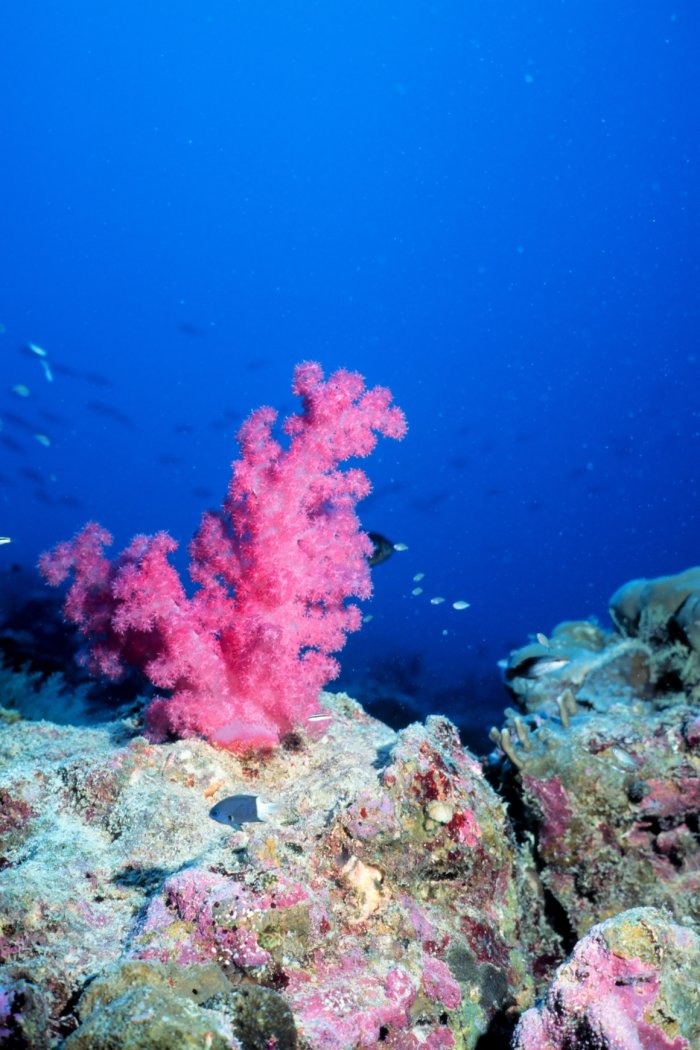| << Chapter < Page | Chapter >> Page > |

It should be understood that information about familiar creatures such as amphibians, mammals, and birds is just a beginning, and that even with the inclusion of some invertebrates the Red List does not provide a comprehensive picture of life on Earth. Scientists have described fewer than 2 million of the 8-9 million species of organisms thought to exist, most of which are insects. And of those 2 million, the status of only 44,838 has been assessed by IUCN.
In addition, it should be understood that among the species that have been assessed so far, there is a strong bias toward terrestrial vertebrates and plants, especially the ones that occur where biologists have visited frequently. Red List assessments also tend to focus on species that are likely to be threatened, since the effort also has the aim of enabling people to conserve species.
Whereas extinction is the global loss of a species, the elimination of species at a local level–known as extirpation – also poses threats to the integrity and sustainability of ecosystems. Widespread extirpation obviously leads to threatened or endangered status, but absence of species, even at a local scale, can affect ecosystem function . For example, by the mid-1920s wolves had been extirpated from Yellowstone National Park, although they continued to thrive elsewhere. When wolves were reintroduced to the park in the mid-1990s, numbers of elk (a main prey item) decreased significantly. This, in turn, reduced browsing pressure and had a significant effect on the vegetation and plant communities. What mattered for ecosystem function in Yellowstone was whether wolves were present there , not just whether the species survived somewhere.
The human activities that account for extinction and extirpation vary considerably from one species to another, but they fall into a few broad categories: habitat destruction and fragmentation; intentional and unintentional movement of species that become invasive (including disease-causing organisms); over-exploitation (unsustainable hunting, logging, etc.); habitat/ecosystem degradation (e.g. pollution, climate change).
Another way of gauging biodiversity involves assessment on the scale of ecosystems. The causes of wholesale losses of ecosystems are much the same as those driving extinction or endangerment of species, with habitat loss and fragmentation being the primary agent. Worldwide, for example, the conversion of land to agriculture and cultivation have led to significant losses in grassland ecosystems. In North America, nearly 70% of the tallgrass prairie ecosystem (which once covered 142 million acres) has been converted to agriculture, and losses from other causes, such as urban development, have brought the total to about 90%. Current estimates indicate that agricultural activity and cultivation systems now cover nearly 25% of the Earth's surface.

Notification Switch
Would you like to follow the 'Sustainability: a comprehensive foundation' conversation and receive update notifications?